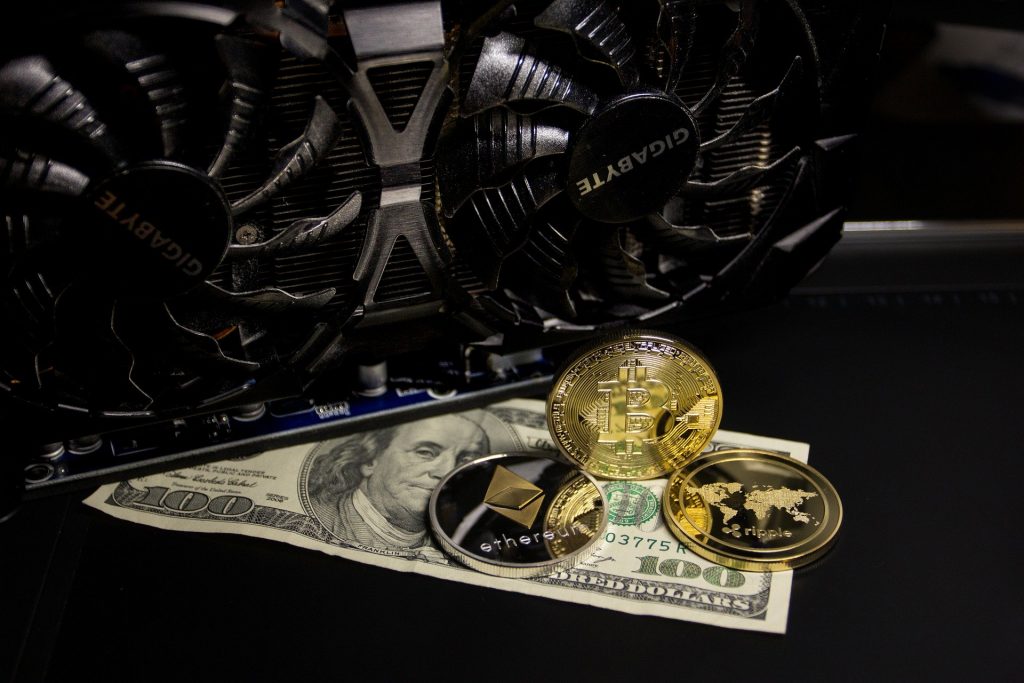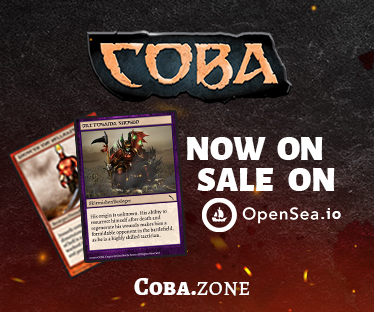A token is a part of a contract that provides information to the developer or whoever is looking into a specific token in the Ethereum network. This information then reveals what commands the token responds to.
There are nine ERC tokens in the Ethereum network, but the most significant of these are the ERC-20 and ERC-721. Let’s break these down further.
ERC-20 tokens are the technical standard used in the Ethereum network– one may even say that the instructions within the ERC-20 serves as basic set of rules which all tokens in the network must follow.
On its own, ERC-20 don’t hold value – they only hold value when attached to, say, an item or cryptocurrency, but they tend to be attached to specific values that may be interchanged because they are identical.
For example, if you want to buy an item that’s worth 5 ETH and you don’t have ETH, you can exchange an equivalent amount of your fiat currency for ETH and then buy that item using ETH. This is because fiat currency and ETH are fungible.

But what about ERC-721?
ERC-721 tokens are what is called Non-Fungible Tokens or NFTs. Basically, ERC-721 or NFTs are tokens unique and non-interchangeable so they don’t exactly work like cryptocurrencies – the value each ERC-721 token is unique.
NFTs can be considered as digital collectible assets – similar to physical collectibles that go up in value over time.
For example, you can purchase two of the same game character during the initial release for 0.5 ETH each. If you played a game using both characters but were only able gain a legendary weapon with one of them, then only this character would have a significant increase in value.
This means that you may be able to sell the legendary status character for a significantly higher price compared to the other one in the future.






















